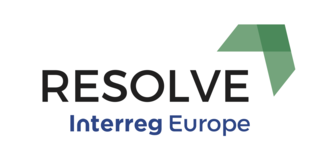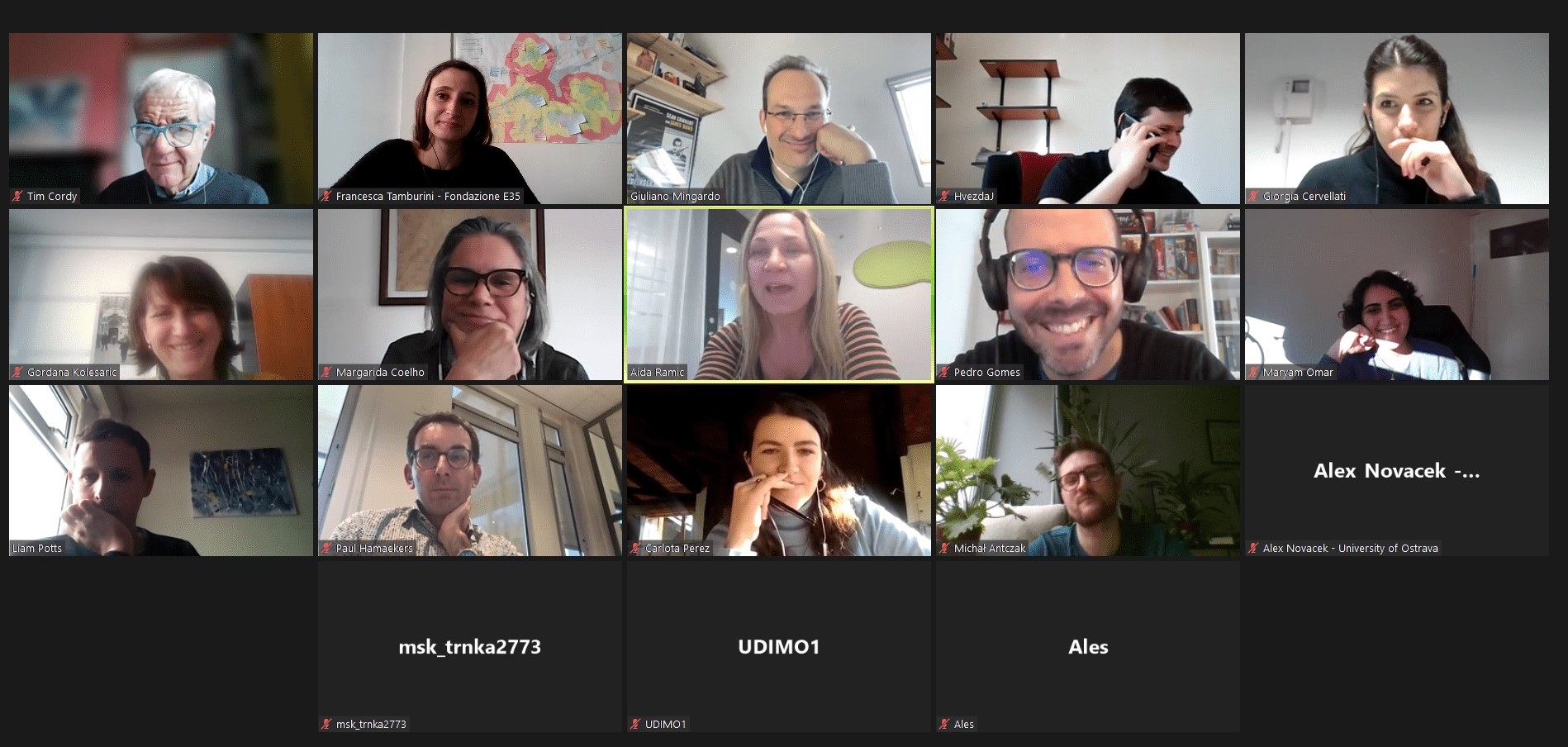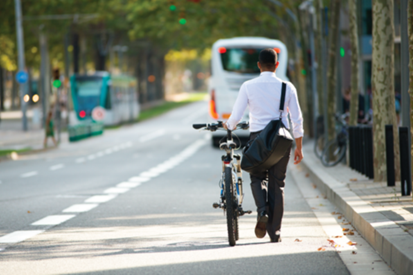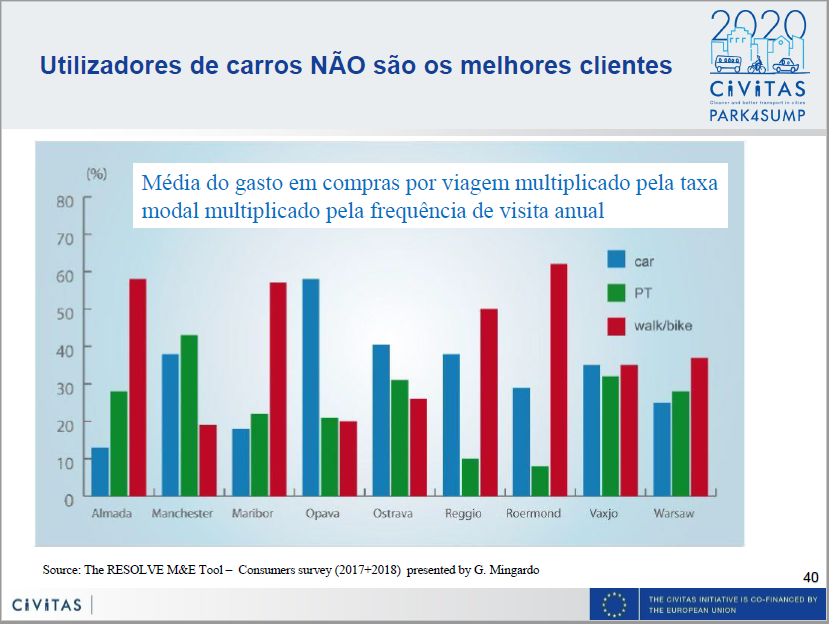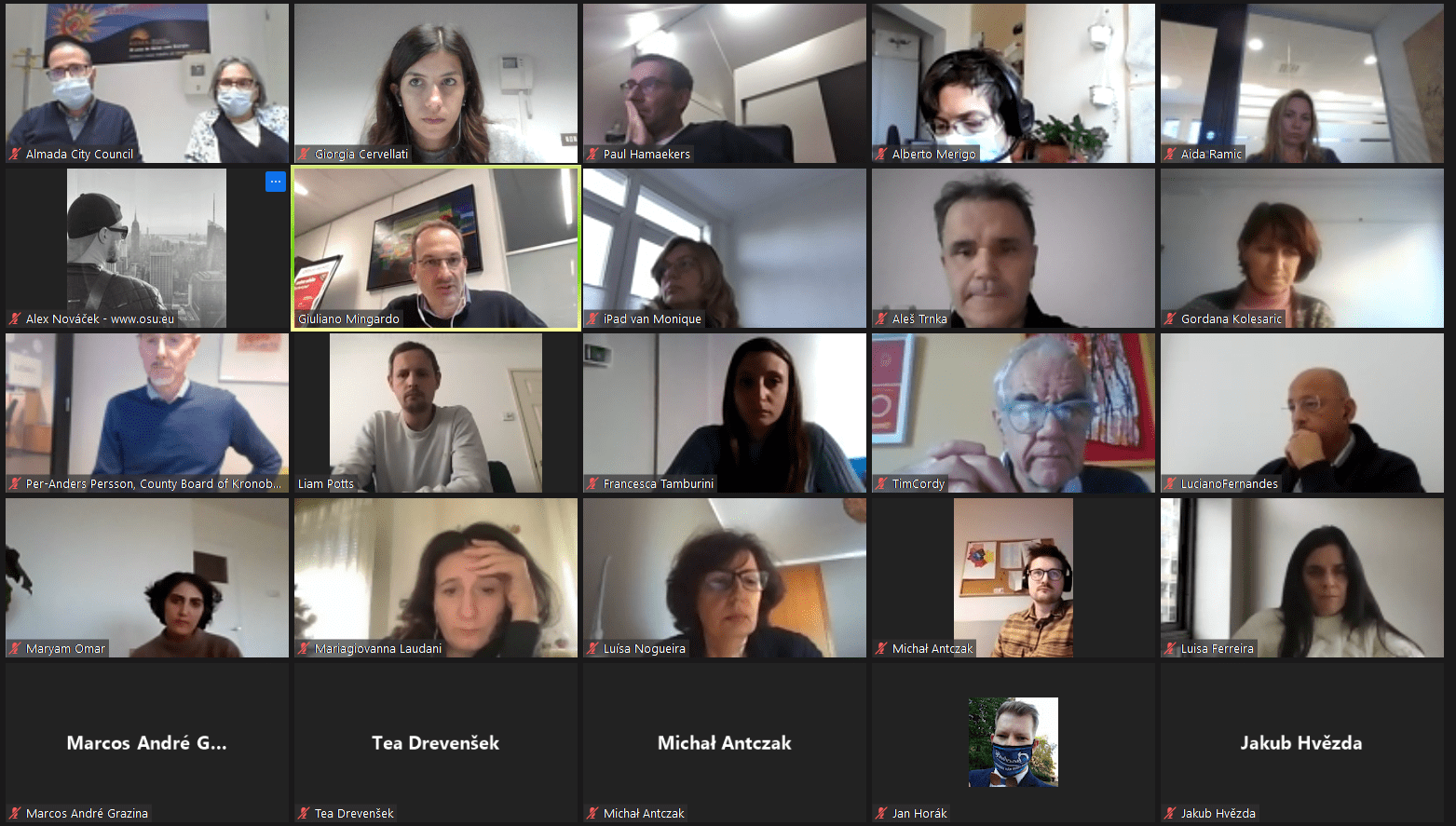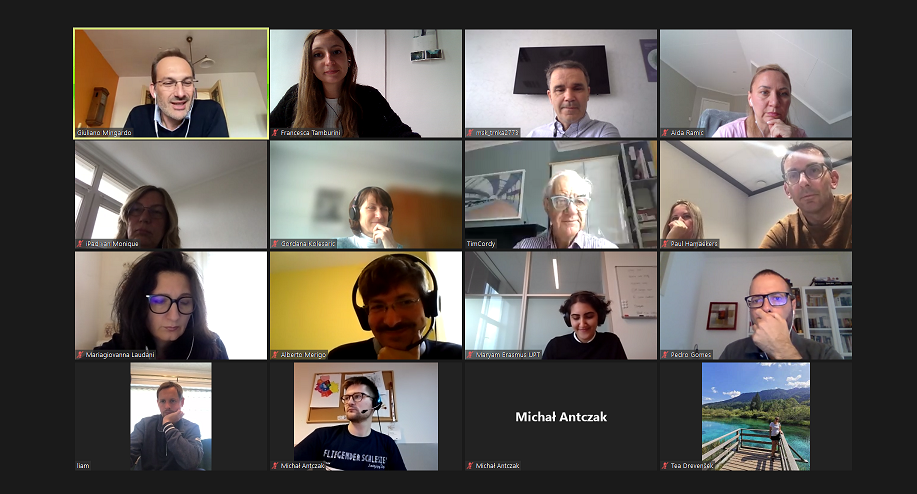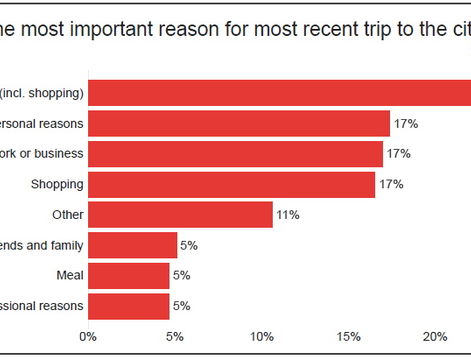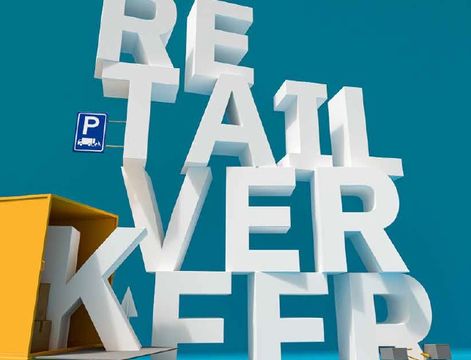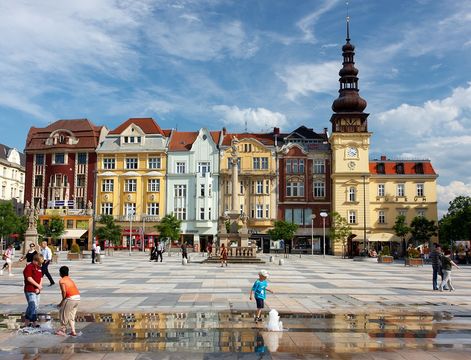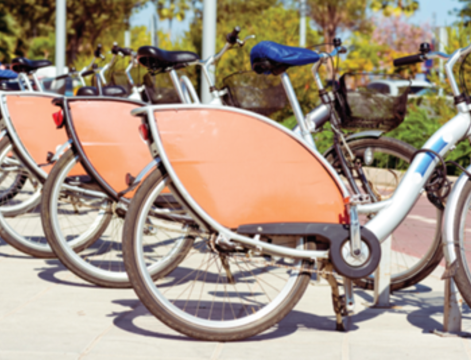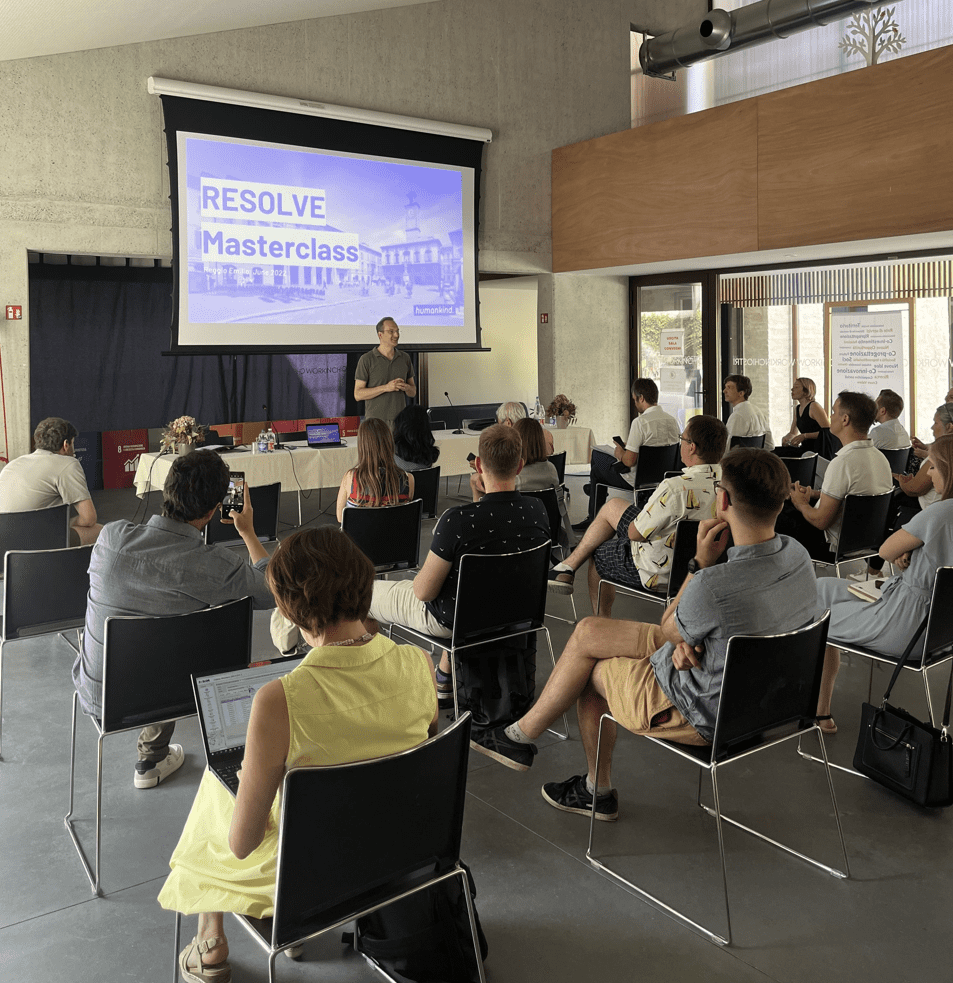How do you evaluate RESOLVE's first phase? What have you learnt so far?
Through the Study Visits, Import Workshops, a Masterclass and one Regional Stakeholder Conference we learnt a lot about innovative approaches of mobility to keep cities accessible and liveable and how to translate all this to feasible concepts for Roermond. Additionally, we have increased our network significantly and met a lot of interesting persons all over Europe, with more or less similar challenges to face for reducing car traffic of visitors without losing attractiveness.
Which will be the main outcomes of RESOLVE locally?
The first outcome of RESOLVE was our SUMP-based Mobility plan. Beside the involvement of a large group of stakeholders, retail has been recognised as an important theme to keep Roermond liveable and accessible. Especially active modes of mobility like walking and cycling are emphasised in our policy for the next 10 years.
In our Regional Action Plan we focus on three main topics related to stimulate low carbon modes of transport in the city:
- development of a bike sharing system: offering an alternative for visitors and workers for the last mile, in relation to Park&Bike facilities.
- realisation of three Park&Bike facilities: offering an alternative for visitors and workers for the last mile, in relation to bike sharing and public transport
-increase activities of sustainable distribution and waste collection: less polluting traffic in the city by creating a one-stop hub outside the innercity.
How do you see mobility in your city/region by 2021 and how will RESOLVE contribute to achieve these objectives and vision?
In 2021 we plan to achieve a modal-shift of 5% of the visitors of Roermond. Beside smart information about the customer journey to Roermond, visitors and workers have a real choice of changing transport modes at the moment they are approaching the city. Park&Bike and bike sharing are visible and common in and around the city. Additionally, almost all the entrepreneurs organise their distribution by sustainable ways of transport. RESOLVE has, together with a state of the art view on mobility and urban transport, contributed to the awareness of sustainable mobility. Since 2016 we put a lot of effort in creating awareness among different stakeholders which helps us to convince politics to think different. Concrete example is the development of new neighbourhoods in which it is more common to give space to a green environment, walking, cycling and shared mobility instead of usual car parking. Thanks to RESOLVE the attitude towards such spatial developments is changing.
